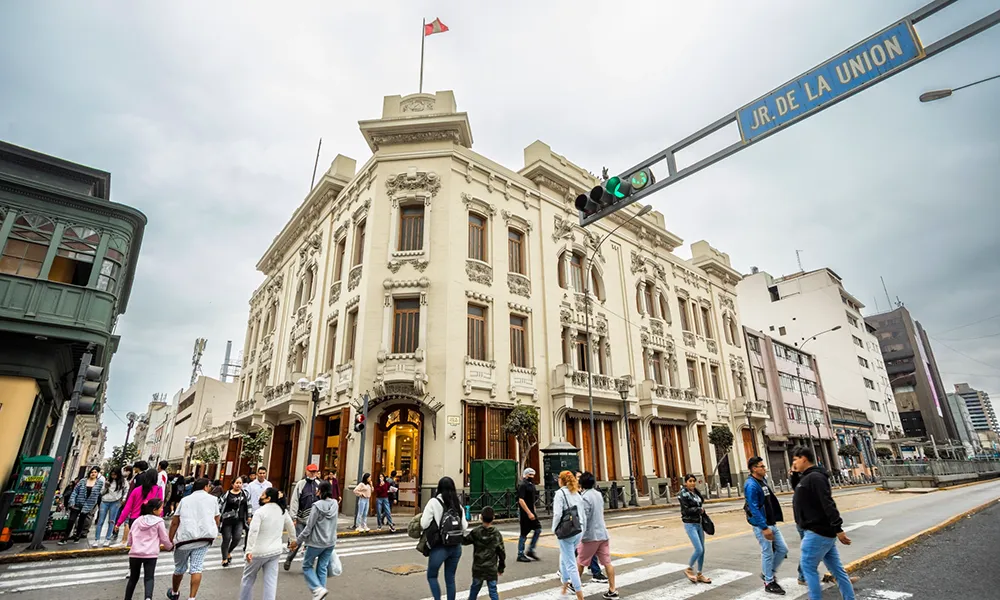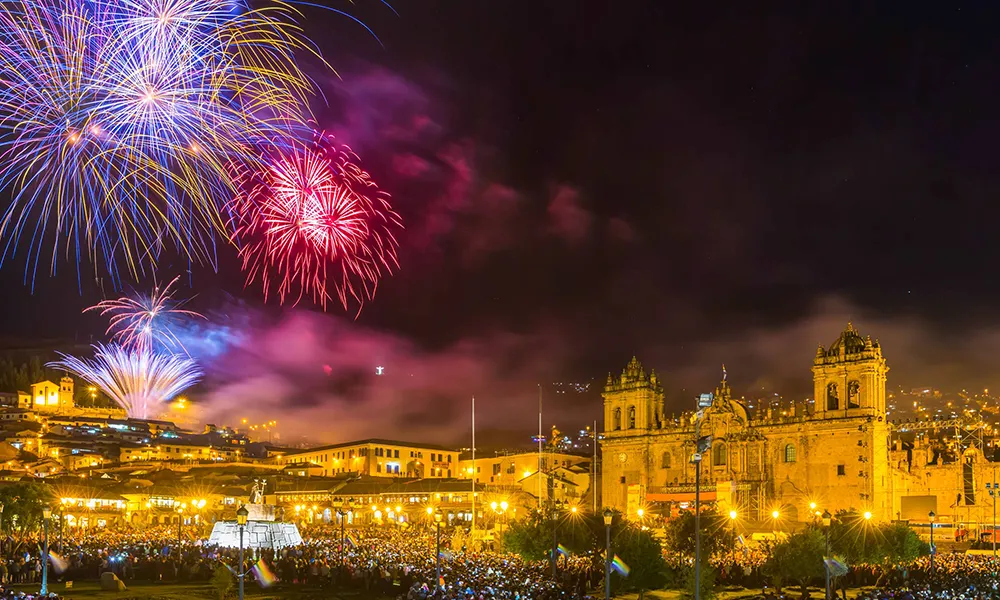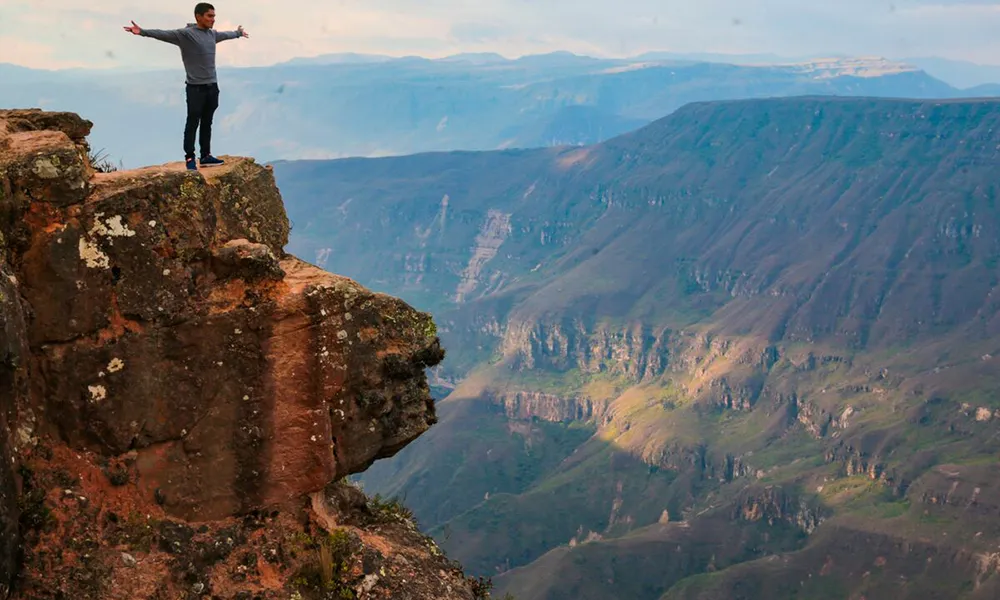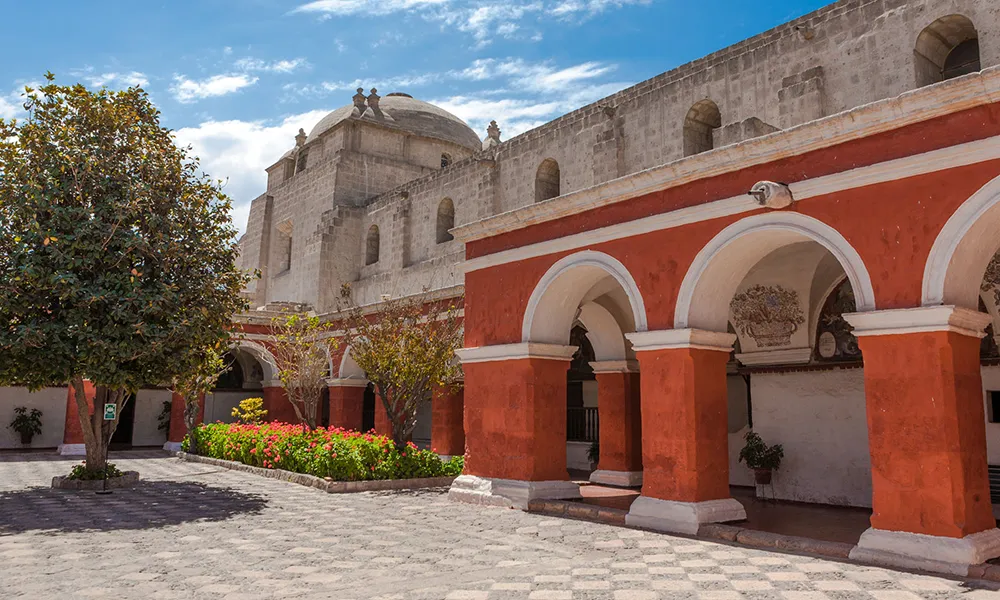Essential Recommendations for U.S. Travelers
Peru, a country of ancient civilizations, breathtaking landscapes, and vibrant cultures, invites travelers from around the world to live unforgettable experiences. For U.S. travelers, the question often arises: Is it better to travel independently or book through a tour agency? Both options have unique advantages and challenges, depending on your travel style, comfort level, and expectations. Below, we explore detailed recommendations to help you make the best decision for your journey through the Land of the Incas.
1. Independent Travel in Peru: Freedom, Flexibility, and Authentic Encounters
Traveling on your own through Peru gives you the chance to move freely, design your own schedule, and discover hidden corners at your own pace. Many independent travelers from the U.S. prefer this approach because it allows deeper cultural interaction and a sense of adventure that organized tours may not always provide.
If you decide to travel independently, it’s important to plan ahead. Domestic transportation in Peru varies widely — from modern airlines like LATAM or Sky Airline that connect Lima with Cusco, Arequipa, and Iquitos, to long-distance buses that cross the Andes and coastlines. Trains to Machu Picchu (operated by PeruRail and Inca Rail) often sell out during peak season, so purchasing tickets in advance is essential.
When exploring cities like Cusco, Arequipa, and Lima, you can easily find boutique hotels, hostels, or Airbnb options. Restaurants range from local picanterías serving traditional Peruvian dishes to world-class fine dining experiences. For safety, always use official taxi companies or trusted apps such as Cabify, especially at night. Avoid carrying large amounts of cash and keep your passport and valuables secure.
Traveling independently also offers a chance to visit less crowded places such as Chachapoyas, Ayacucho, or the Colca Canyon, where you can connect with local communities and experience Peru beyond the typical tourist route. However, some regions like the Amazon jungle or high-altitude treks in the Andes require logistical coordination and professional guidance — in these cases, booking a guided service is highly recommended.
2. Traveling with a Tour Agency: Comfort, Expertise, and Safety
Choosing to travel with a certified tour agency is the most comfortable and worry-free way to discover Peru. For first-time visitors from the United States, this option ensures that all logistics — from airport transfers and train tickets to entrance fees and guided tours — are handled efficiently. It’s particularly beneficial for travelers who want to maximize their time and avoid potential challenges such as language barriers or transportation delays.
A professional travel agency provides not only organization but also deep cultural insight. Local guides share stories, traditions, and historical context that enrich every experience, from the mysteries of Machu Picchu to the vibrant markets of Pisac or the floating islands of Lake Titicaca.
For destinations like the Amazon Rainforest, Tambopata National Reserve, or the Manu Biosphere, agencies ensure safety by coordinating with experienced naturalist guides, providing proper equipment, and respecting conservation protocols.
Tour agencies also offer packages tailored to different interests: cultural tours, culinary experiences, adventure treks, or spiritual journeys like the Andean marriage ceremonies or Ayahuasca retreats. Many agencies in Cusco, Puno, and Iquitos have bilingual staff trained to assist English-speaking travelers, ensuring smooth communication throughout your trip.
When selecting a tour company, always verify that it is registered with DIRCETUR (Regional Directorate of Tourism) or part of PromPerú’s official tourism network. Reading verified reviews from other travelers and checking inclusions like meals, transport, and lodging can help you choose the best option for your expectations and budget.
3. The Hybrid Experience: The Best of Both Worlds
An increasing number of U.S. travelers choose a combination of both approaches — organizing part of their trip independently while relying on agencies for complex or remote adventures.
For example, you can explore Lima and Arequipa on your own, visiting museums, art galleries, and local markets, then join an agency for multi-day treks like the Salkantay Trek, the Inca Trail, or expeditions in the Amazon basin.
This hybrid style allows flexibility in major cities and professional support in regions that require expertise and coordination. It’s an excellent choice for travelers seeking a balanced experience: independence when possible, guidance when necessary.
4. Key Tips for Choosing the Right Tour Operator
Before booking, consider these important recommendations:
-
✅ Check Credentials: Make sure the company is officially registered and licensed by DIRCETUR.
-
✅ Look for Sustainable Practices: Prefer agencies that work with local communities and promote eco-friendly tourism.
-
✅ Compare Itineraries and Inclusions: Some packages may seem cheaper but exclude entrance tickets or transfers.
-
✅ Confirm Bilingual Guides: Ensure that the guides speak fluent English to enhance your understanding of each site.
-
✅ Ask About Group Sizes: Smaller groups often provide a more personalized and enjoyable experience.
5. Advantages and Disadvantages: Independent vs. Agency Travel
| Aspect | Independent Travel | With a Tour Agency |
|---|---|---|
| Flexibility | Total freedom to choose schedules and destinations | Fixed itinerary managed by the agency |
| Safety | Depends on traveler experience | Higher safety and guidance from professionals |
| Budget | Potentially cheaper but variable | Set price with clear inclusions |
| Cultural Immersion | High interaction with locals | Structured experiences with guides |
| Convenience | Requires personal planning and booking | Stress-free organization handled by experts |
6. Final Recommendations for U.S. Travelers in Peru
If you are visiting Peru for the first time, a travel agency can provide a smooth, safe, and insightful introduction to the country’s geography and culture. You’ll save time and avoid logistical headaches, especially when visiting remote or high-altitude regions.
If you’ve already traveled through Latin America or prefer a spontaneous journey, going independently will give you the freedom to explore, connect, and design your own adventure.
Regardless of how you travel, Peru will captivate you with its diversity — from the Andean peaks to the Amazon jungle, from colonial cities to vibrant indigenous communities. Respect local traditions, support community tourism projects, and always travel responsibly. Whether guided or independent, every journey through Peru becomes a personal story woven with the spirit of the Andes.








